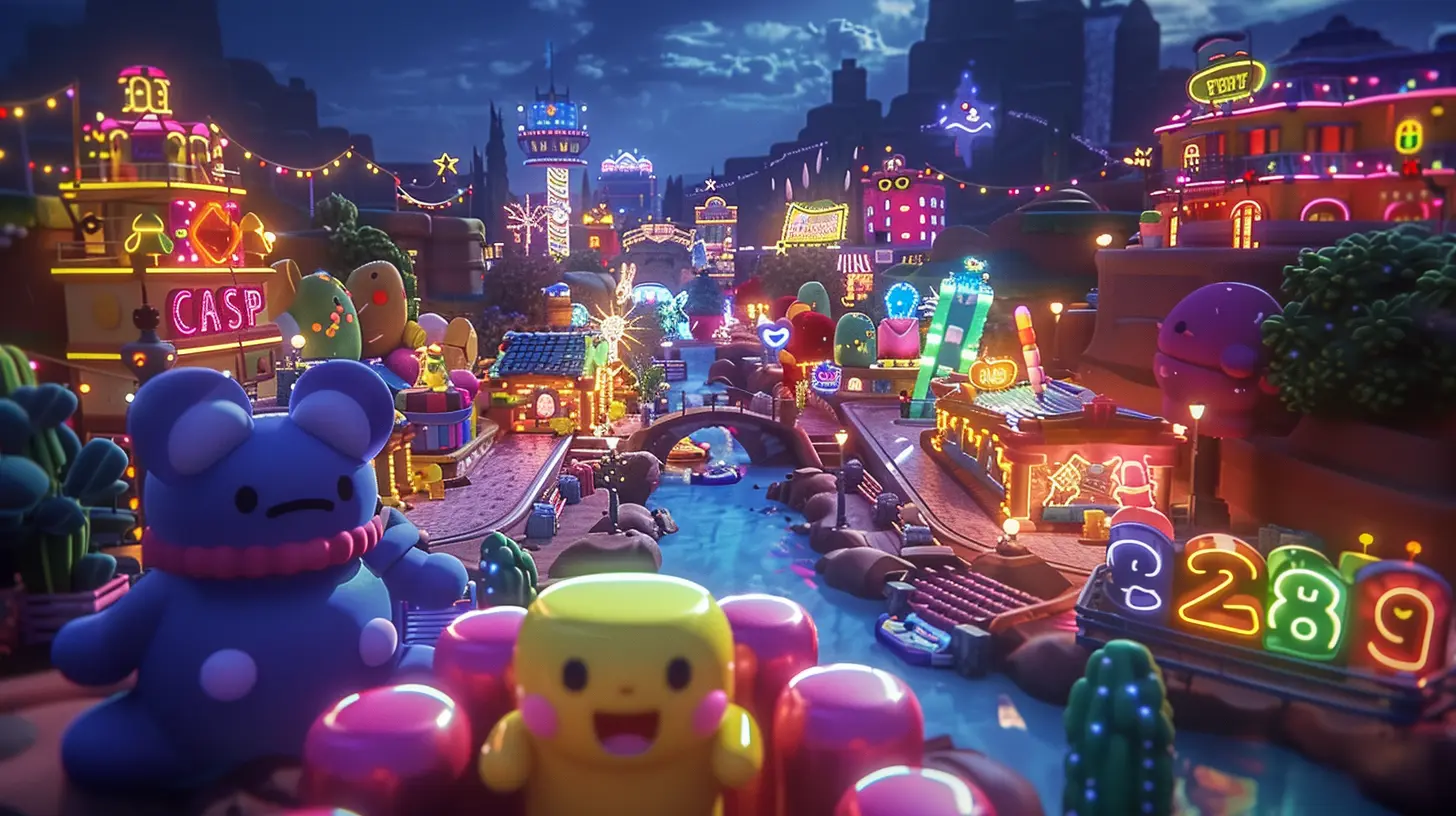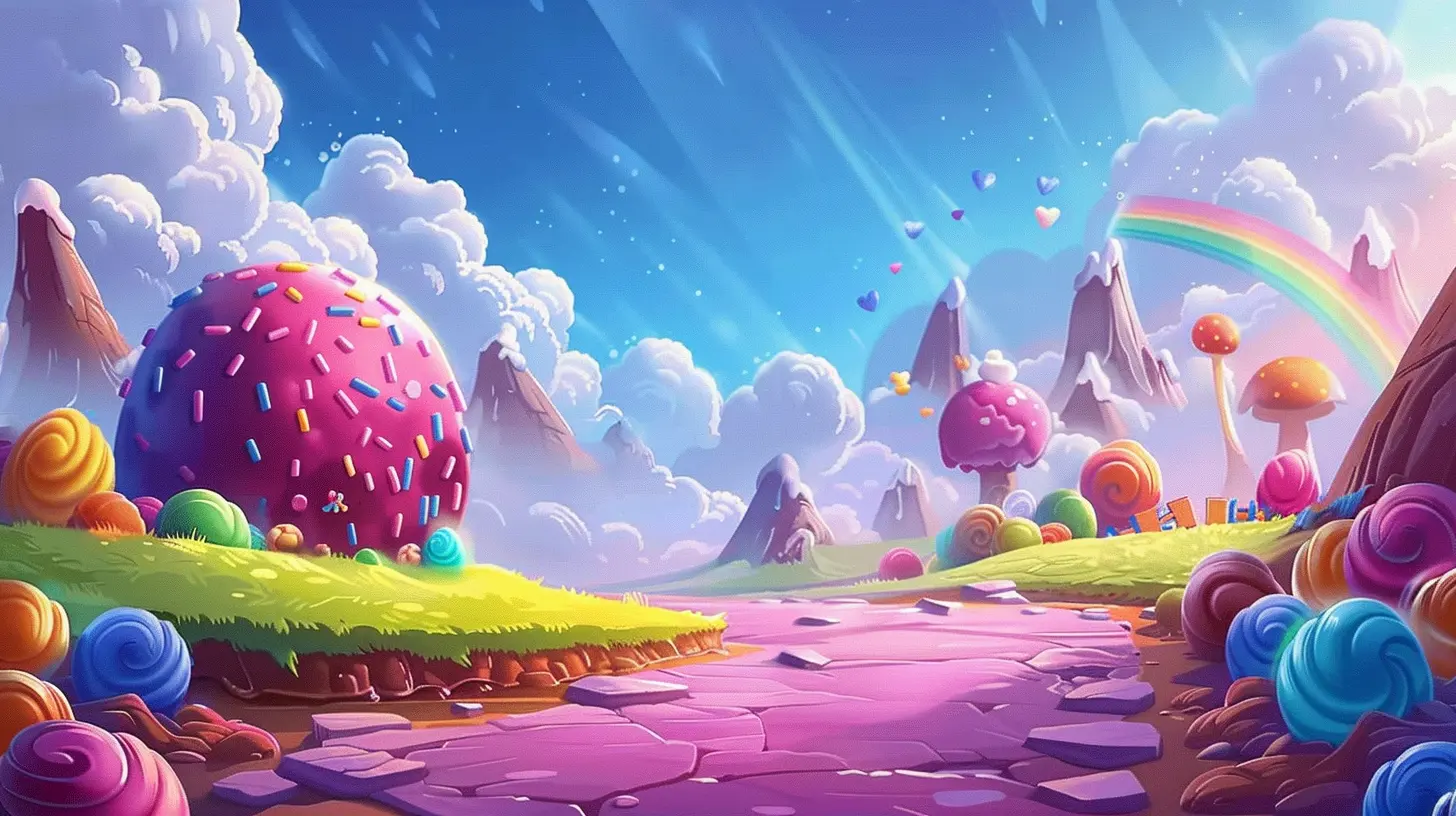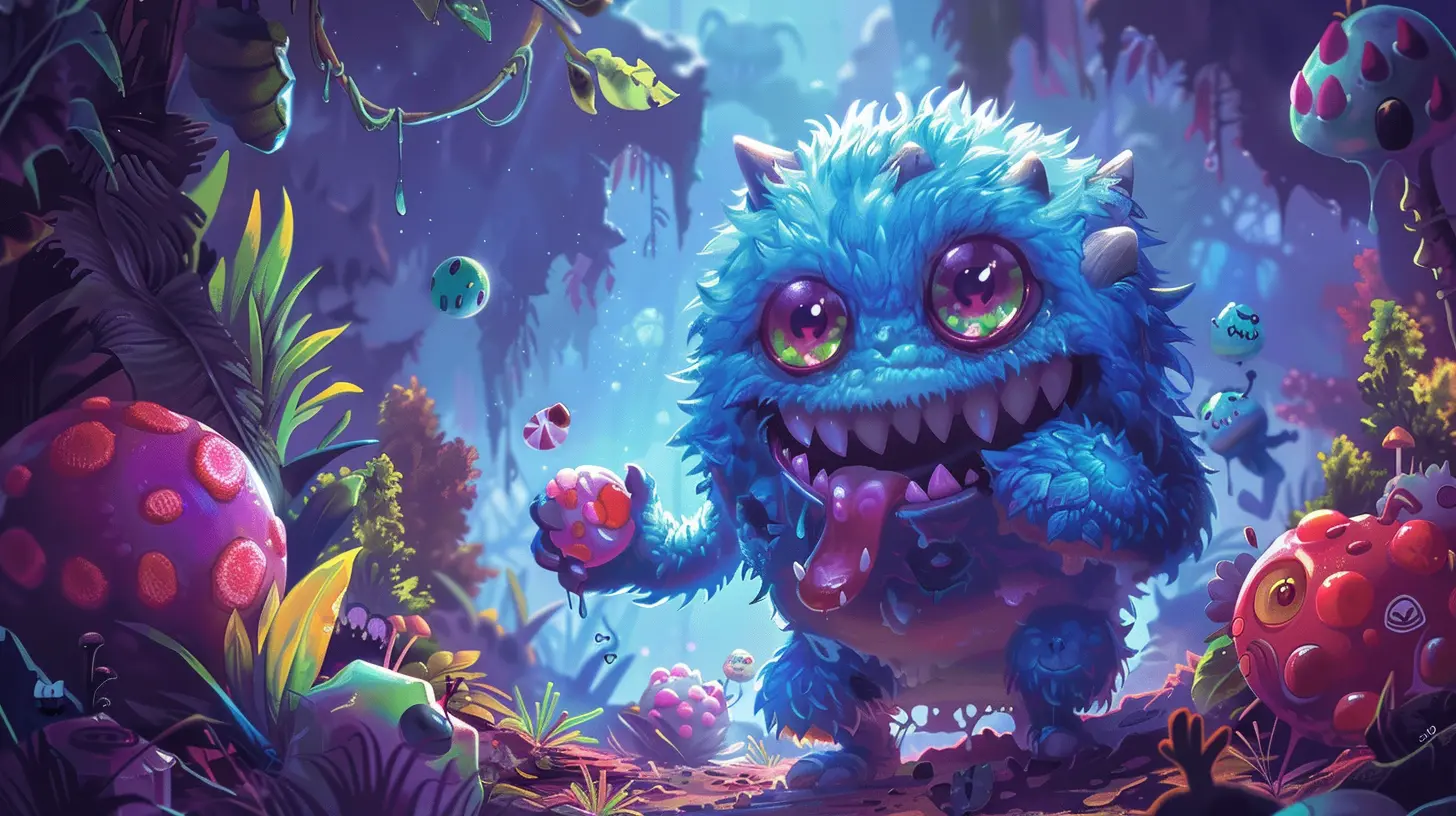From Candy Crush to New Adventures: Evolution of Casual Games
18 May 2025
Remember the days when all we needed to pass time was a game on our phones like Candy Crush? Oh, the hours spent swiping colorful candies to line them up, triggering explosions of sugar-coated satisfaction. Fast forward to today, and casual gaming has come a long way, hasn’t it? What started as simple, bite-sized entertainment has evolved into a massive industry with something for everyone. Casual games are no longer just a "time killer"; they're richer, more engaging, and infinitely more diverse.
In this article, we’re diving headfirst into the evolution of casual games. From the OG hits like Candy Crush to the current wave of intricate adventures, let’s take a reflective look at how far we’ve come and what’s shaping the future.
A Nostalgic Beginning: The Rise of Candy Crush
Picture this—it’s 2012, and smartphones are becoming as essential as coffee. King, the game developer, drops Candy Crush Saga into the app store. Little did they know (or maybe they did) that this colorful match-three puzzle would become a global phenomenon.Candy Crush was genius in its simplicity. It didn’t require a steep learning curve or hours of commitment. The game's "five lives" mechanic gave players just enough frustration and hope to keep coming back. It tapped into some deep psychological stuff, like the thrill of completing that one impossible level or the satisfaction of those candy combos. Honestly, it was the digital equivalent of eating potato chips—addictive, fun, and kind of hard to stop.
But Candy Crush wasn’t just a game; it was a blueprint. It pioneered what casual gaming looked like for the next several years. Think microtransactions, daily rewards, and social media integration. Everyone wanted to beat their Facebook friends' high scores. Admit it—we’ve all been there.
Casual Gaming Gets a Makeover
As much as we loved Candy Crush, casual games couldn’t stay in their comfort zone forever. Over time, players wanted more, and developers were happy to deliver. With smartphones becoming more powerful, games started to grow beyond static puzzles and swaps. They became more dynamic, immersive, and, dare I say, stylish.Let’s talk about the mid-2010s. This was a golden era when casual games began experimenting. Games like Angry Birds, Temple Run, and Flappy Bird weren’t just about solving puzzles—they introduced new mechanics that pushed the boundaries of "casual." Suddenly, we were tilting our phones, flinging birds at green pigs, and navigating endless mazes with sweaty palms.
These new mechanics brought depth without overwhelming the average player. Casual games became more about action and reflexes but stayed true to their roots: easy to pick up and play. It was like casual gaming went through a glow-up—a little more complex, still not intimidating. 
The Role of Technology in Changing the Game
It’s impossible to talk about the evolution of casual games without mentioning technology. Back in the Tetris and Snake days, we were limited by hardware. But now? Thanks to smartphones with beefy processors, high-resolution touchscreens, and internet connectivity, the sky’s the limit.Take games like Pokémon GO, for example. When it launched in 2016, it wasn’t just another mobile game—it was a cultural phenomenon. Using augmented reality (AR), it got people off their couches and out into the real world to catch virtual Pokémon. That’s a huge leap from swiping candies, right?
Then there’s cloud gaming and instant-play platforms. These innovations mean you don’t even need to download some casual games anymore. Just click on an ad or a link, and boom—you’re playing. It's so seamless that it almost feels like magic. 
Casual Games for Everyone
One of the coolest things about casual games right now? They cater to literally everyone. Whether you’re into puzzles, storytelling, cooking, or even farming, there’s a game out there with your name on it.For instance, let’s talk about games like Among Us. Simple premise: figure out who the imposter is before they sabotage the mission. What made it a hit? The social interaction and hilarious accusations (and maybe a bit of lying). It’s proof that casual games can thrive on social connections and shared experiences.
Or how about simulation games like Stardew Valley or Animal Crossing: Pocket Camp? These games offer a slower pace—perfect for people who just want to chill and build something beautiful.
And don’t even get me started on hyper-casual games. These are the no-frills, easy-as-pie games like Helix Jump or Stack. They’re there to give you a dopamine hit in under 60 seconds. It’s like the snack-size candy bar of gaming—short, sweet, and satisfying.
The Impact of Free-to-Play Models
Here’s a fun fact: most casual games today are free to play. But as you’ve probably noticed, “free” doesn’t mean completely free. Developers have mastered the art of monetization. You’ve got your in-app purchases, ads, battle passes, and subscription models.Is it annoying? Sometimes, yes. There’s nothing worse than being stuck on a level and realizing you either have to wait an hour for a new life or cough up some cash. But to be fair, this model keeps the games accessible to a wider audience. Not everyone wants to drop $60 on a console game, and free-to-play offers a middle ground.
The Future of Casual Gaming
So, where do casual games go from here? That’s the million-dollar question, isn’t it?One thing’s for sure: casual games aren’t slowing down anytime soon. In fact, they’re likely to get even better. With advancements in AI, we might see games that adapt to your skill level on the fly. Virtual reality (VR) could take casual games to immersive new heights, letting you step inside a game instead of just swiping on a screen.
And let’s not forget about diversity. Developers are paying attention to their audiences and creating games that speak to different cultures, interests, and lifestyles. We’re seeing a shift from generic gameplay to more personalized experiences, and honestly? I’m here for it.
Why Casual Games Will Always Have a Place in Our Lives
At the end of the day, casual games are like comfort food. They don’t ask for a huge time commitment or emotional investment. They’re there when you need a quick escape, a mental break, or just something to do while waiting in line.Sure, they’ve evolved—big time. But deep down, they’re still about accessible, easy-to-love fun. And whether you’re crushing candies, catching Pokémon, or farming virtual turnips, casual games remind us that gaming doesn’t always have to be serious to be impactful.
So, here’s to casual games: the unsung heroes of our smartphones, the champions of downtime, and the pioneers of digital fun. Cheers!
all images in this post were generated using AI tools
Category:
Casual GamesAuthor:

Stephanie Abbott
Discussion
rate this article
4 comments
Maddison Yates
What a delightful read! It’s fascinating to see how casual games have evolved from Candy Crush to exciting new adventures. Can’t wait to explore what’s next!
June 19, 2025 at 4:45 AM

Stephanie Abbott
Thank you! I'm glad you enjoyed the article. The evolution of casual games is indeed exciting, and there’s much more to come!
Lyanna Fields
Casual games have transformed the gaming landscape, evolving from simple mechanics in Candy Crush to immersive, rich experiences. This evolution demonstrates the industry's ability to innovate while keeping accessibility at its core. Exciting times ahead for gamers!
May 19, 2025 at 2:43 PM

Stephanie Abbott
Thank you! I'm glad you highlight the evolution of casual games and their impact on accessibility and innovation—exciting times indeed!
Rachel Morales
This article beautifully captures the evolution of casual games, highlighting how they’ve transformed my gaming experience. It’s fascinating to see how immersive and diverse these games have become since the Candy Crush days.
May 19, 2025 at 4:51 AM

Stephanie Abbott
Thank you for your kind words! I'm glad you enjoyed the article and found the evolution of casual games fascinating.
Stephen Morales
Great insights! Excited to see how casual games continue to evolve and inspire!
May 18, 2025 at 5:03 AM

Stephanie Abbott
Thank you! I’m thrilled to share this journey and can’t wait to see where casual games go next!



